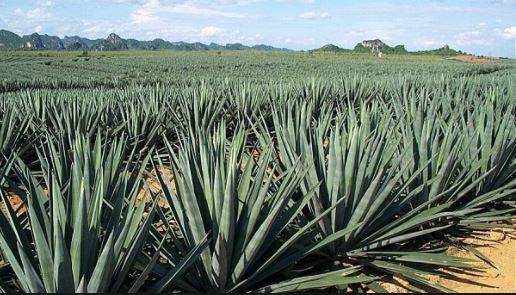
Tanga. The TIB Development Bank has come with a good message to credit-starved smallholder sisal farmers in Tanga Region.
Through its agricultural window, the bank provides low-interest loans to farmers in groups or companies.
TIB Development Bank’s eastern zone marketing officer Carlos Ntangeki, told The Citizen at the just-ended 10-day Tanga Trade Fair that despite the existence of the window very few sisal farmers had managed to go for the loans.
“The number of sisal farmers and processors who have come to us to take loans does not exceed five,” he said. The loans are offered with a two-year grace period.
“Our aim is to move in line with the nation’s development strategies. We are a bank that can finance ideas instead of the traditional system whereby lenders want to look at an applicant’s business history,” he said.
Mr Ntangeki said the current set of smallholder farmers is ripe for such financing because they already have their Agricultural Marketing Cooperatives (Amcos). He said that AMCOS also can apply to get financing for processing sisal.
As an addition to cushioning farmers against climate disasters, the bank has introduced crop insurance.
Sisal financing services for the smallholder farmers has been a major challenge since the sisal smallholder and outgrower scheme (SISO) was founded in the late 1990s.
This comes at a time when the Tanzania Sisal Board (TSB) was working out ways to provide access to financial services to smallholder farmers who now produce half of the country’s total production.
The TSB Director General of the Tanzania Sisal Board (TSB), Mr Saad Kambona, told The Citizen recently that smallholder sisal production has been significant and last year it produced 11,000 tonnes.
Sisal production is also riddled with a lack of processing machines, Mr Kambona said, noting that it was in an attempt to finding solutions to such challenges that TSB was currently working hard to convince investors from Brazil, China and Taiwan.
“Some 40,000 hectares of sisal are currently ready for harvesting. We cannot harvest all of that because of lack of processing machinery.” he said.
TSB Chief said that if the country raises its processing capacity to harvest all the sisal from the 40,000 hectares, the country would be producing 82,000 tonnes of sisal fibre per year and getting near to the nation’s objective of becoming the number one sisal fibre producer.




No comments :
Post a Comment